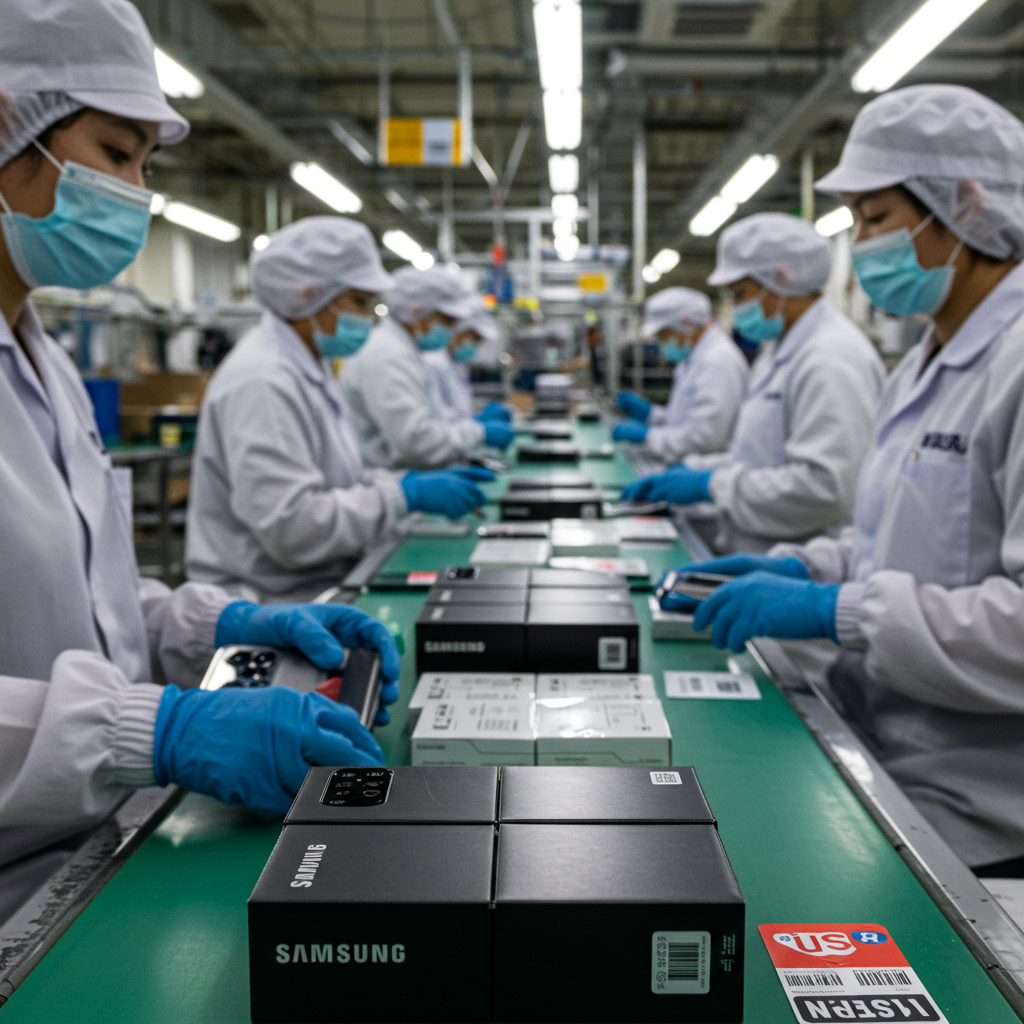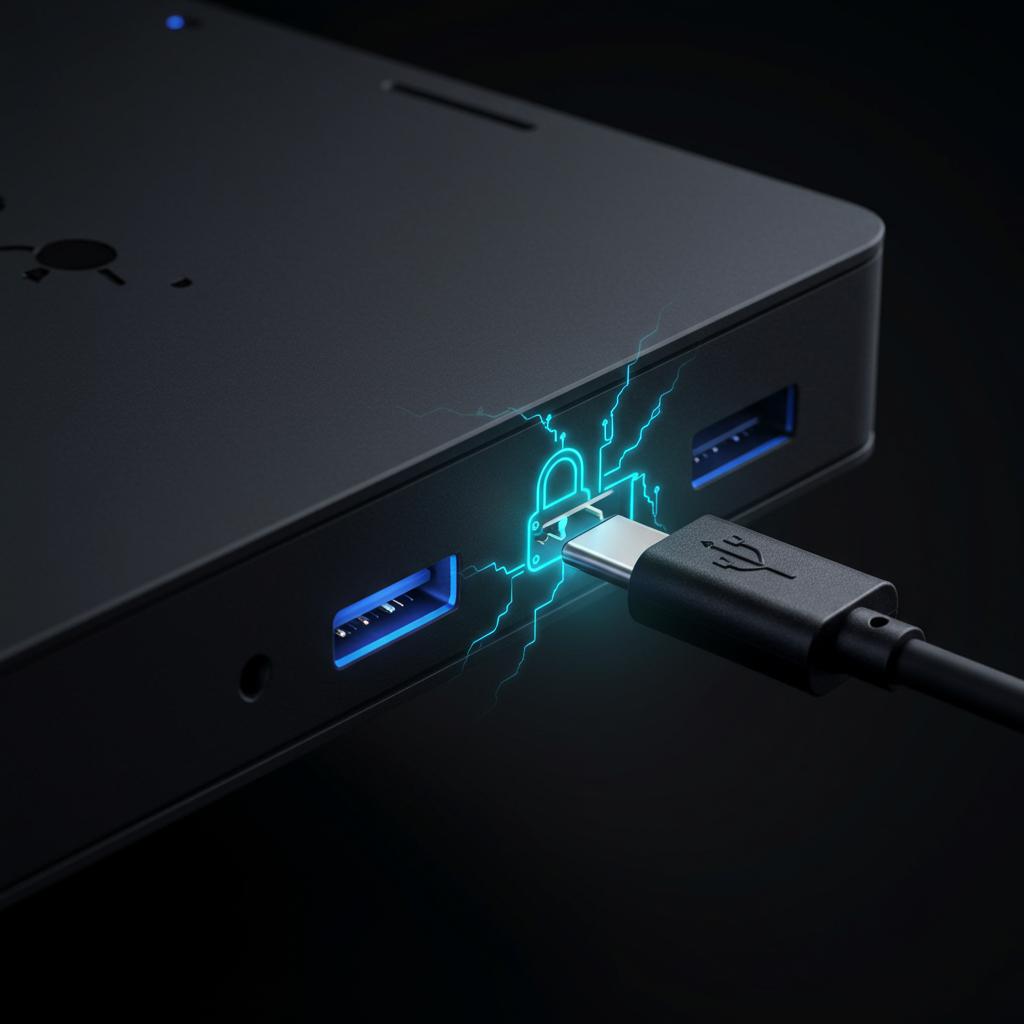Samsung is reportedly making significant adjustments to its production plans for the upcoming Galaxy Z Fold 7 and Galaxy Z Flip 7 foldable phones. While overall output might see a slight reduction initially, the focus is laser-sharp on the United States market, with plans to ramp up production for US-destined units as quickly as possible.
This strategic shift appears to be driven primarily by the desire to mitigate the potential impact of evolving tariff policies. Samsung aims to ship a substantial volume of these new foldable devices into the US before any potential tariffs, which could reportedly reach 25% or higher, take effect.
Reports out of Korean media indicate that following a recent global strategy meeting, Samsung decided to boost the production allocation for the US market from an initial 400,000 units to a more robust 600,000 units. This increased focus on the US comes amidst a potentially more cautious approach to global production overall.
The company is said to have slightly reduced its total planned production for the new foldables, anticipating potentially slower initial market growth compared to previous expectations. The overall production plan for June was reportedly revised down to 930,000 units combined, from an earlier target of 1.34 million. This revised June figure is expected to be split between 440,000 units for the Galaxy Z Fold 7, 350,000 units for the Galaxy Z Flip 7, and 140,000 units allocated for the Galaxy Z Flip 7 FE model.
Samsung intends to monitor market response closely after the devices launch. Production levels could potentially increase further in July if demand is strong, with output anticipated to peak in July before gradually tapering off in subsequent months once the initial rush subsides.
The Evolving Foldable Market
This move highlights the increasing importance of the foldable phone category, a segment that has seen significant evolution from its early days. The market now offers a growing variety of devices, including book-style foldables like Samsung’s Z Fold series and Google’s Pixel Fold (or the anticipated Pixel 9 Pro Fold), which open into tablet-sized displays, and clamshell flip phones like the Galaxy Z Flip series and Motorola Razr models, prized for their compact form factor.
Competition in the foldable space is intensifying, with players like Google, OnePlus, Motorola, Oppo, and Nubia offering compelling alternatives across different price points and feature sets. While Samsung has historically been a dominant force, other models like the Google Pixel 9 Pro Fold are praised for their comfortable outer displays and camera systems, and devices like the Motorola Razr (2024) are making foldables more accessible at lower price points. The OnePlus Open is also noted for its multitasking capabilities and fast charging.
Despite progress in durability, with many models achieving IPX8 water resistance, foldables still face scrutiny regarding long-term robustness, particularly concerning dust vulnerability and hinge lifespan compared to traditional smartphones. Repair costs for foldable screens also remain exceptionally high. However, manufacturers like Samsung are continuously refining designs, improving hinges, and enhancing features like outer displays and integrated AI capabilities (seen in models like the Galaxy Z Fold 6 and Z Flip 6) to make them more appealing and functional.
Samsung’s push to secure supply in key markets like the US underscores the strategic value it places on its Galaxy Z Fold 7 and Galaxy Z Flip 7 models, even as the broader foldable market navigates growth expectations and increasing competition.




